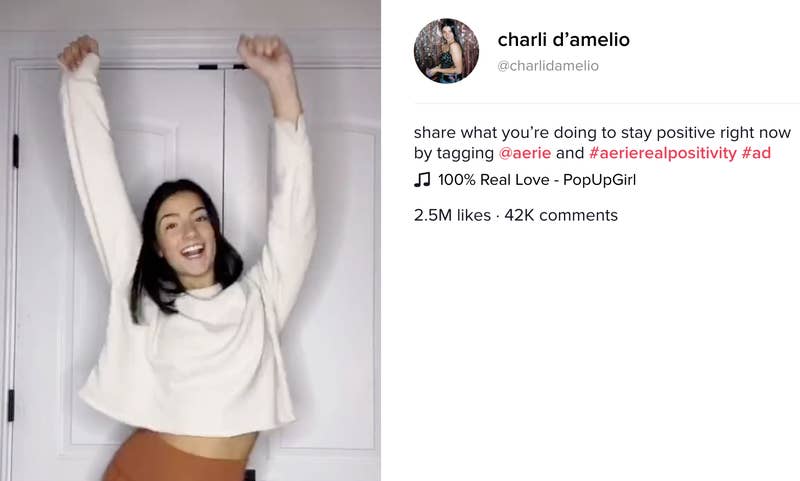Lee Jackson, April 15, 2020
Many of us have probably increased our screen and internet time since the coronavirus stay-at-home edicts, and one thing is probably for sure: the advertisers all over your Facebook and Twitter feeds are probably getting a very decent bang for their buck during this historic and unprecedented event.
Digital advertising has grown exponentially for years. While sometimes very annoying, it does allow all our favorite sites to remain free to use, and that’s something you can’t say about any other entertainment, sports and news outlets that you receive via cable, satellite or streaming over-the-top services.
A new Oppenheimer report looks at the leaders in the digital advertising world. The analysts feel confident that as the draconian measures used during the pandemic start to fade, these leaders will rebound faster than others will. The report noted four specific points about the industry and the transformations taking place during the crisis:
1) Requirements for businesses to digitally transform and unleash digital creativity for branding and messaging are accelerating during this crisis.
2) Second quarter digital advertising spending will be very bad. negatively impacting results before gradually improving in the second half of 2020.
3) We carry a downward bias to consensus revenue estimates for the software names but less so for margins, with managements showing solid cost discipline across the operating expense lines based on hiring data.
4) The industry incumbents are best-positioned post-crisis.
Three of those incumbents are rated Outperform at Oppenheimer, and all make sense for aggressive growth accounts looking to add companies that are dominant in a space that will continue to grow in the years to come.
Adobe Systems
Shares of this high-profile old-school software company have really backed up in price and are offering investors a very solid entry point. Adobe Systems Inc. (NASDAQ: ADBE) operates in three segments: Digital Media, Digital Marketing and Print and Publishing. The Digital Media segment provides tools and solutions that enable individuals, small and medium businesses, and enterprises to create, publish, promote and monetize their digital content.
Top Wall Street analysts see the company benefiting from artificial intelligence, predictive analytics, automation bots, speech recognition and natural language processing and image recognition.
The Oppenheimer team, like many across Wall Street, see the company as the best in class digital advertising play, and they said this in the research report:
Adobe is viewed as the gold standard in the market for digital creative solutions, and most large brands, enterprises and creative professionals have already standardized on its Digital Media products. We expect the current messaging shift in digital advertising to evolve as the economy moves through a downturn to a potential recovery in the second half of 2020 and boost demand for Adobe’s Digital Media and Experience products.
The Oppenheimer price target for the shares is $370, and the Wall Street consensus target was last seen at $338.54. Adobe Systems stock popped over 6% on Tuesday and closed at $340.76 a share.
Trade Desk
This stock had a red-hot initial public offering (IPO) in 2016 and has been steadily moving higher over the past four years. But a recent sell-off is offering aggressive accounts an outstanding entry point. Trade Desk Inc. (NASDAQ: TTD) provides a self-service omnichannel software platform that enables clients to purchase and manage data-driven digital advertising campaigns in the United States and internationally.
The company’s platform allows clients to manage integrated advertising campaigns in various advertising channels and formats, including connected TV, mobile, video, audio, display, social and native on various devices, such as smart TVs, computers and mobile phones and tablets.
The stock remains a favorite across Wall Street as well, and the Oppenheimer analysts noted this in their coverage:
We see The Trade Desk advantaged by: 1) less exposure to the local/SMB markets than peers; 2) its direct exposure to connectedTV; 3) high customer satisfaction; and 4) DSP replacement activity should be discretionary post-crisis, which benefits the incumbents with large installed bases, like The Trade Desk has. We see these traits insulating the business downdraft this year and positioning the company to benefit disproportionately when spending improves post-crisis.
The $230 Oppenheimer price objective is lower than the $240.78 consensus target. Trade Desk stock closed Tuesday’s trading at $233.41 per share, up almost 7% on the day.
Salesforce
This top stock lagged in 2019 and could be one of the best of the three for investors to consider now. Salesforce.com Inc. (NYSE: CRM) provides enterprise cloud computing solutions, with a focus on customer relationship management to various businesses and industries worldwide. It also has one of the most valuable brands in the world.
It offers enterprise cloud computing applications and platform services, including Sales Cloud that enables companies to store data, monitor leads and progress, forecast opportunities, gain insights through relationship intelligence and collaborate around sales on desktop and mobile devices.
The company also provides Service Cloud, which enables companies to deliver personalized customer service and support, as well as connect their service agents with customers on various devices, and Marketing Cloud, which enables companies to plan, personalize and optimize customer interactions.
In addition, Salesforce announced last year it has completed its acquisition of Tableau Software, bringing together the world’s number one customer relationship management company with the world’s number one analytics platform.
The Oppenheimer team said this about the company in its research:
Salesforce aims to enhance its digital advertising value proposition (and its other existing product offerings) by expanding its data footprint to become the pioneer supplier of a consumer data platform (CDP) for the corporate market. Salesforce’s CDP should be able to reach critical mass quickly given the company’s leadership position in the CRM market and provide good differentiation against its larger digital advertising peers.
The Oppenheimer price target of $165 compares with the much higher analysts’ consensus target of $195.45. Salesforce.com stock closed most recently at $157.71, after climbing almost 4% on Tuesday.
Formularende
The Oppenheimer price targets for these top companies appear to be conservative, and that makes sense in a time when volatility remains extremely high. The good news for investors is the future for digital advertising is very bright, and demand is expected to continue to grow at double-digit rates in the years to come. With earnings on deck, partial positions may make sense now.
https://247wallst.com/technology-3/2020/04/15/digital-advertising-remains-the-future-and-3-companies-continue-to-rule/
















Recent Comments